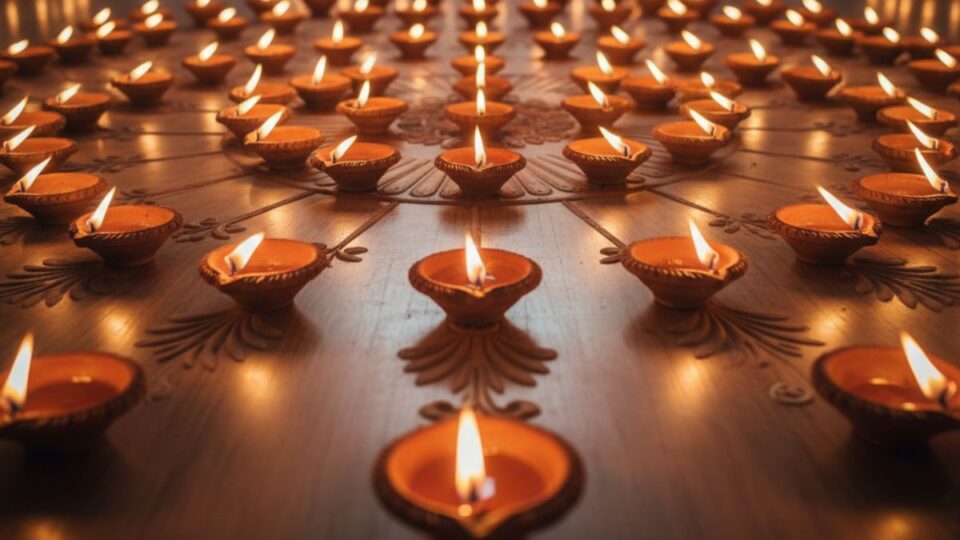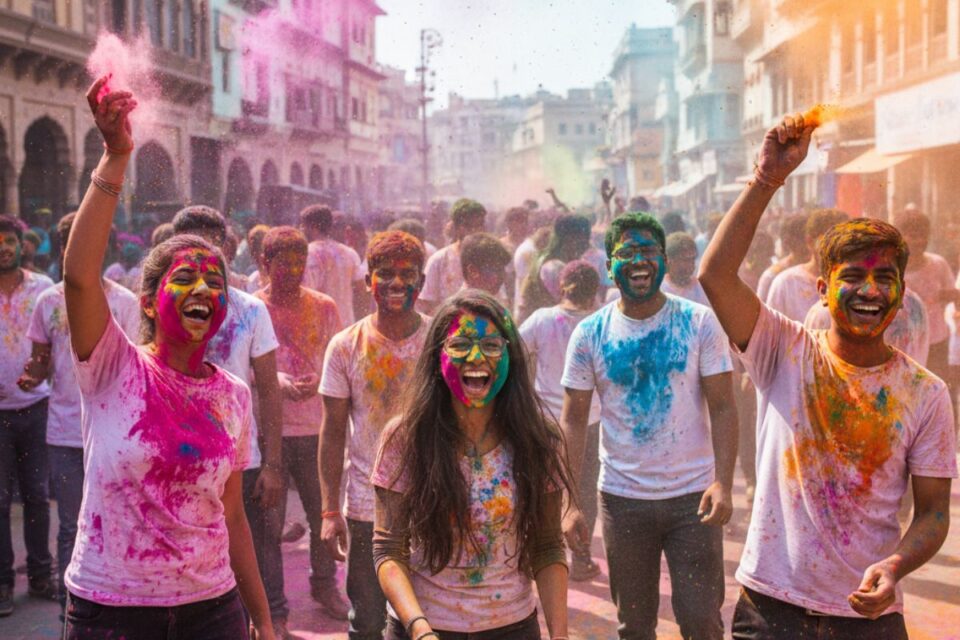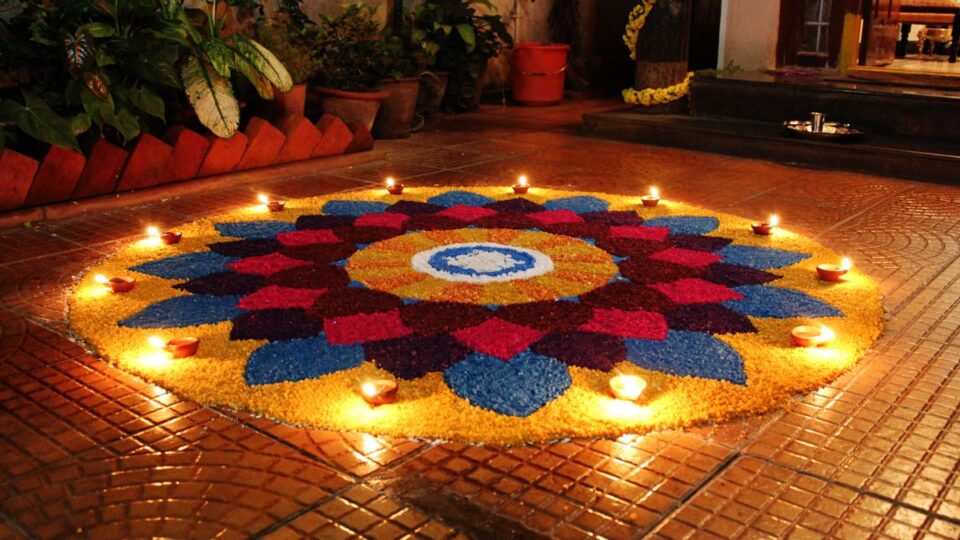Table of Contents
Diwali, also known as Deepavali, is one of the most vibrant and important festivals celebrated by millions of people across the globe. This five-day festival is a spectacle of light, joy, and family togetherness. But what exactly is Diwali? Is it just the “festival of lights,” or is it also a “festival of colors”? And when can you expect to celebrate it in 2025? Let’s find out.
Decoding “Diwali – The Festival of Lights”
The name “Diwali” comes from the Sanskrit word “Deepavali,” which translates to “row of lights.” This meaning has its roots in the mythical story of Lord Rama’s triumphant return to his kingdom of Ayodhya after defeating the demon king Ravana. To welcome their beloved king, the people lit thousands of small clay lamps, called diyas, to illuminate his path home.

The light in Diwali carries a much deeper spiritual significance. It symbolizes the victory of good over evil, knowledge over ignorance, and hope over despair. Each lit diya is more than just a ritual; it’s a reminder of the inner light that brings clarity and positivity into one’s life. In modern times, the celebration of light has evolved to include dazzling electric string lights and spectacular fireworks displays that light up the night sky.
Is Diwali Also the Festival of Colors?
This is a common and often confusing question. The simple answer is no, Diwali is not the Festival of Colors. The true festival of colors is Holi, another Indian festival that takes place in the spring, where people playfully throw vibrant colored powders and water at each other.

However, colors still play a very significant role in the Diwali festivities. This is most vividly seen in the art of Rangoli. These beautiful, intricate designs are drawn on the floors of homes using colored powders, sand, or flower petals to welcome deities and guests. The vibrant colors of traditional clothing and beautifully decorated gifts also add to the festive atmosphere, but at its core, the festival’s main theme remains light.
When is Diwali 2025?
Diwali is celebrated in the autumn, typically in October or November, depending on the Hindu lunar calendar. In 2025, the main day of Diwali falls on Monday, October 20.
While the main celebration takes place on the new moon night, Diwali is a five-day festival, with each day holding a special significance:
- Day 1 – Dhanteras (Saturday, October 18, 2025): A day of prosperity, when people buy metal items, gold, or silver.
- Day 2 – Narak Chaturdashi (Choti Diwali) (Sunday, October 19, 2025): Known as “small Diwali,” a day for cleaning and decorating homes.
- Day 3 – Lakshmi Puja (Main Diwali Day) (Monday, October 20, 2025): The main night of the festival, when Goddess Lakshmi is worshiped for wealth and prosperity.
- Day 4 – Govardhan Puja (Tuesday, October 21, 2025): Honoring Lord Krishna and the connection to nature.
- Day 5 – Bhai Dooj (Wednesday, October 22, 2025): A festival celebrating the bond between siblings.
How is Diwali Celebrated?
The lead-up to Diwali is a time of great excitement and preparation. Homes are meticulously cleaned and decorated with intricate designs called rangoli, made from colored rice or powders. Families come together to prepare and share delicious sweets (mithai) and savory snacks.

On the main night, the sound of fireworks fills the air as people light diyas and candles, illuminating every corner of their homes. This is also a time for prayer, especially to Goddess Lakshmi and Lord Ganesha, and for exchanging gifts with loved ones. Dressed in vibrant traditional clothes, people visit friends and family, sharing in the joy and blessings of the season.
Conclusion
In short, Diwali truly is the festival of lights, carrying a profound message of hope and goodness. While colors may not be its central theme like in Holi, they are an essential part of the beautiful and joyful rituals. In 2025, be ready to experience one of the world’s most incredible festivals on October 20.
1 comment
[…] Read more: The Festival of Lights, Colors, or Both? Your Guide to Diwali 2025 […]